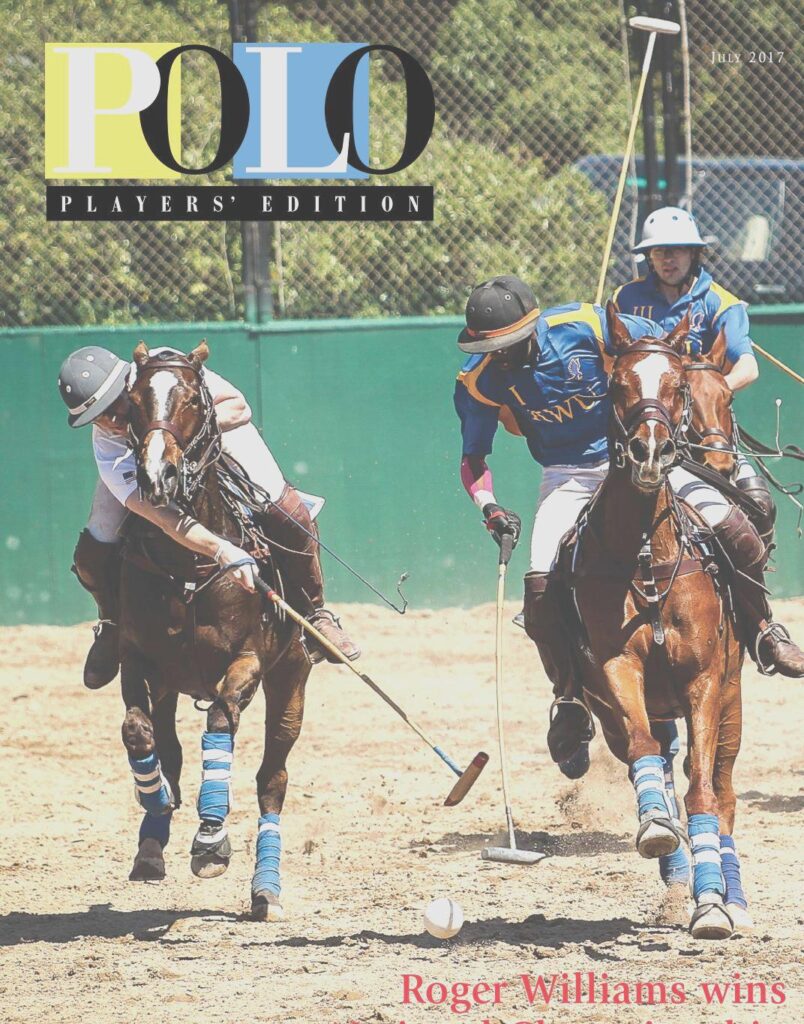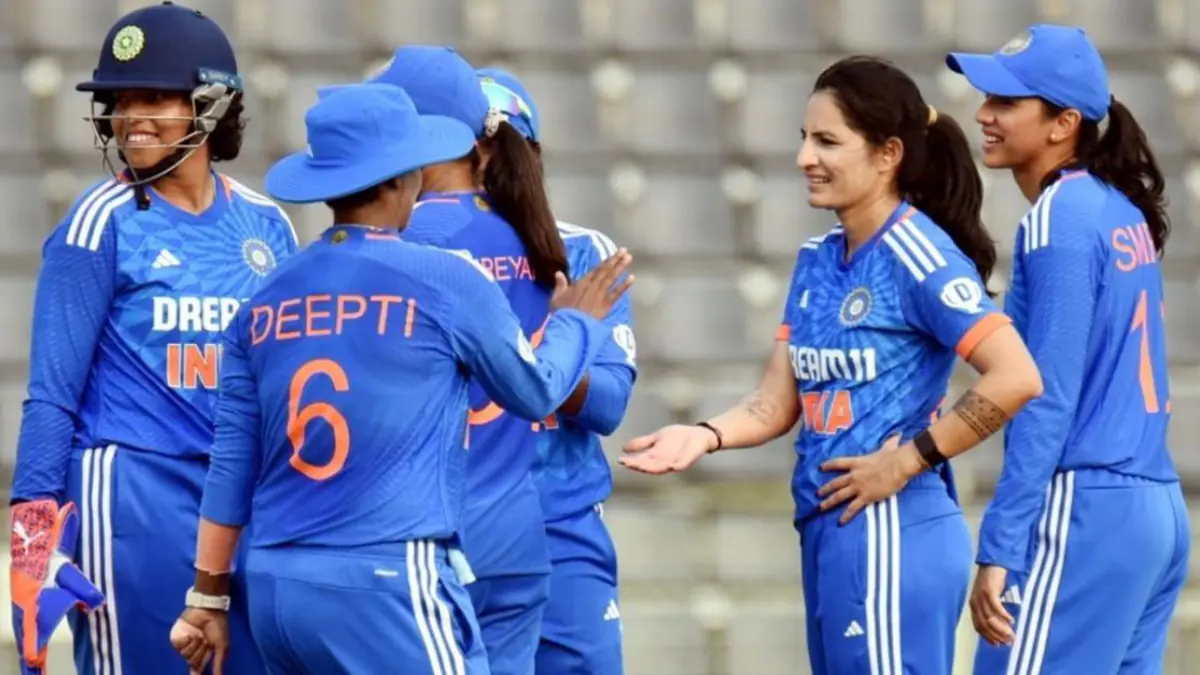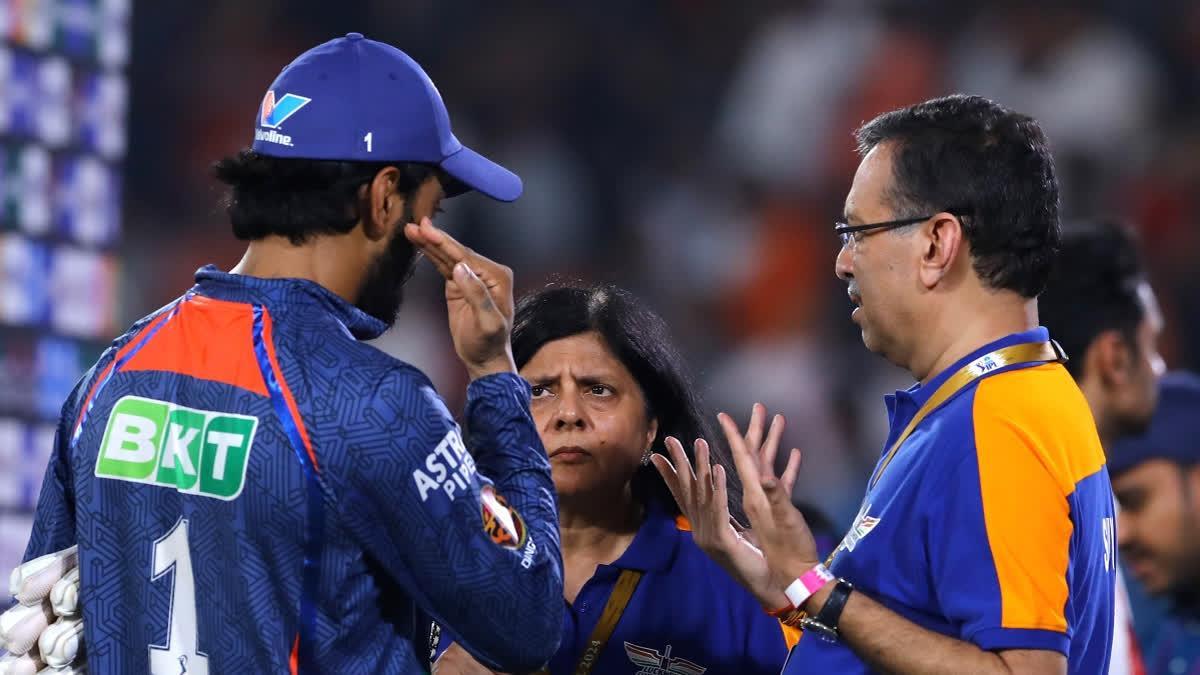New Delhi, Aug 3 (PTI) Consistent practice on borrowed horses and emerging on top at a recent international event in Russia despite not having the personal equipment has given the Indian Tent Pegging team confidence to excel at the upcoming World Cup in South Africa.
A five-member team, including Mohit Kumar (Navy), Dinesh Karlekar (Assam Rifles), Havildar Gautam Atta (ASC), Dfr. Mohammed Abrar (61st Cavalry) and Dr. Amit Chhetri (ITBP) will compete in the South African city of Georgia from August 23.
It is the fourth Tent Pegging World Cup and the Indian team has not achieved better than sixth position in its two appearances so far.
The team, to be led by Chhetri and coached by Colonel S S Solanki, feels it is well-prepared for its best ever show at the biggest tournament in the non-Olympic equestrian discipline.
“We used to practice on our own horses but for the last three months we are practicing on borrowed horses so that we develop the skill to manage unknown horses in quick time. We do not know which horse will come our way during the competition, it is decided by a lot of draws,” Mohit told PTI.
“So you have to learn how the animal is behaving and its trot. We are doing well. The scoring has improved. Earlier it was 65-70 percent but now it has gone up to 80-85 percent. Also the way we negotiated the adverse conditions in Russia gives us the confidence that we can do well in World Cup,” he added.
The Indian team landed in Russia for the friendly international in July but without the equipment because the clearance was not procured in time and the airline refused to carry the lances and the swords.
A reserve team member returned from the airport with the equipment.
“It was a peculiar situation for us. We had to borrow the equipment from other competitors. It was a challenge because you get used to the equipment with consistent use and suddenly having altogether different lance and sword can definitely affect your performance,” said coach Col Solanki.
“Also the horses that were being used were not proper tent pegging horses, they were horses used for gymnastic. The horses were swinging away from the peg. The adaptation was challenging.” While the coach knew it was a difficult challenge, he wanted to keep his players motivated. Added Mohit, “The coach said ‘aap weapon se nahi honsle se jeete ho’ (The courage, not the weapon gives you victory). His motivating words were helpful.” The top three riders of the country picked after Nationals (Feb 1-6) and the following selection trials (April 24-28) had gone to Russia.
The exposure trip where Mohit and Karlekar emerged top two among the 24 riders from eight countries has fired up the team.
“Even the saddlery offered in Russia was quite different to what we use. The mounting and dismounting was very difficulty, so we had to eventually put our own saddle and harness. It was tough but we did well. It gives us confidence for the World Cup,” said Karlekar.
After a horse is allotted through a draw, the rider gets about 60 minutes to get used to his sporting partner. A rider gets four runs of the track to get a hang of the conditions.
Coach Solanki said that his assessment of the Indian riders and their rivals from across the competing nations gives him a hope for a good result.
“I have seen how the performance of our riders has improved. We were scoring at an average of about 477 points, a percentage of about 74, which was the lowest among competing nations. The riders from other countries were scoring at a rate of 83.5 percent.
“But now Indian riders are getting 85-95 per cent. That gives me hope that we are in for a special performance at the World Cup in South Africa.” Abrar, one of the veterans in the game, said the game has changed at a fast pace.
“The game has changed. Earlier only two games (styles) were played now there are 3-4. Even during the Nationals at least 7-8 riders were scoring at the same level, making it a very tough competition.”
Source: PTI News






